Space exploration has captivated humanity for decades. Some artifacts from these missions are incredibly rare. These items hold immense historical significance. They connect us to pivotal moments in space history. Here are some of the rarest pieces of space exploration memorabilia.
Apollo 11 Flown Flight Plan
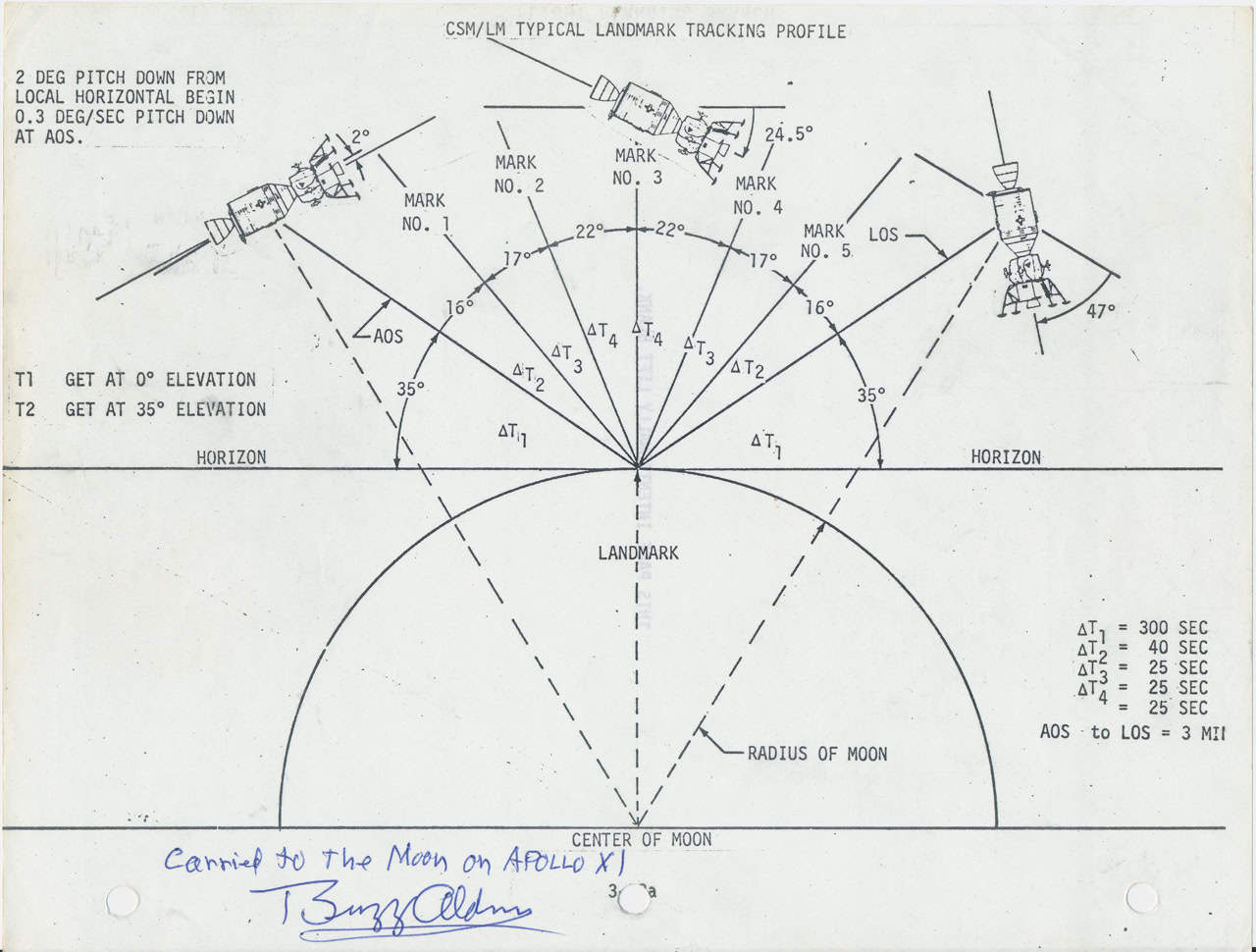
The Apollo 11 Flown Flight Plan is a document that outlines the entire mission’s schedule. This specific copy was aboard the Apollo 11 mission in 1969, serving as a vital reference for the astronauts during their journey. Its rarity comes from its direct connection to the first manned lunar landing. Each page of this plan provides insights into the meticulous planning behind this historic mission, making it a cherished artifact. The annotations and marks made by the astronauts further enhance its historical value, offering a glimpse into the operational aspects of the mission.
Yuri Gagarin’s Vostok 1 Spacesuit
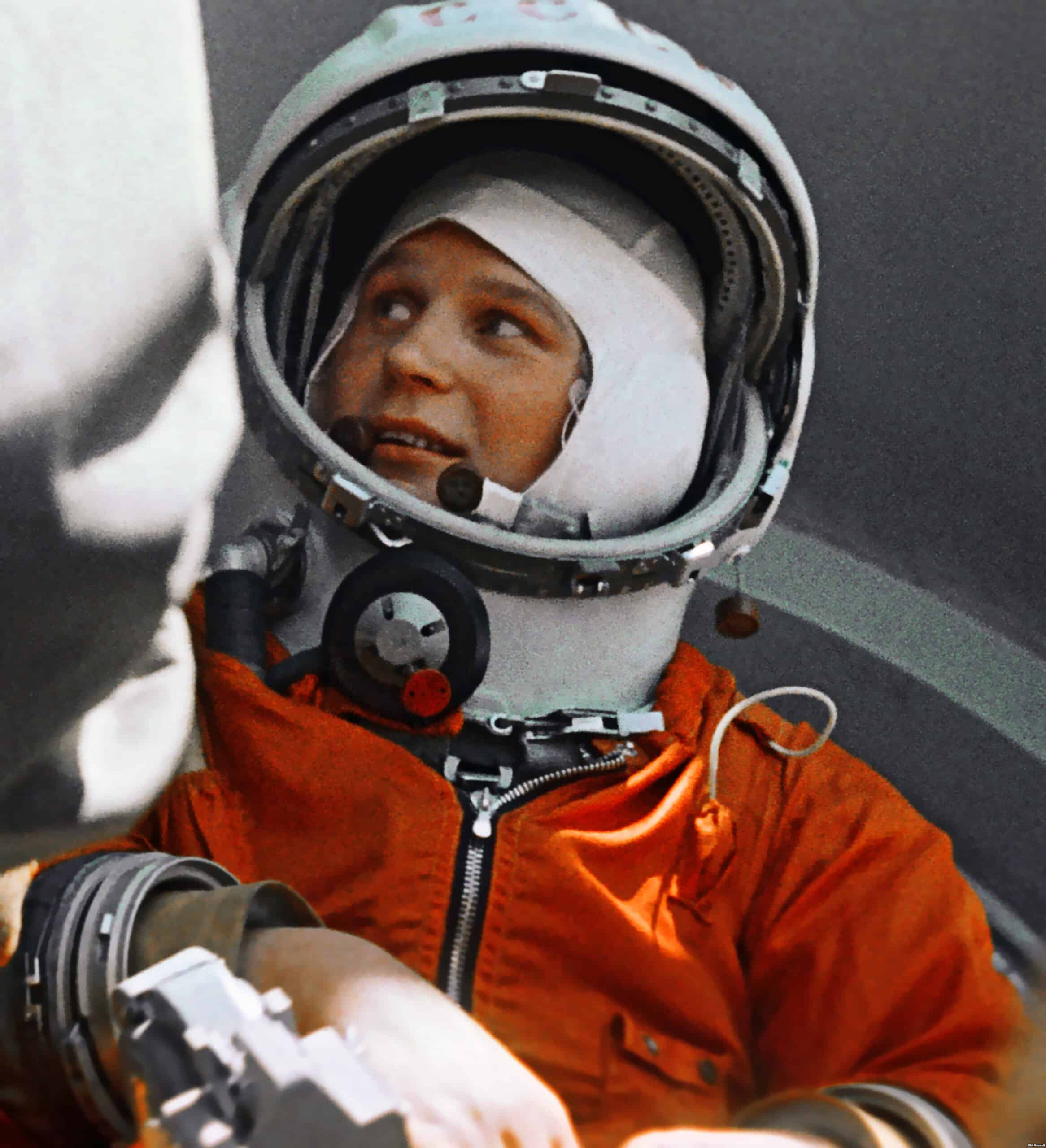
Yuri Gagarin’s Vostok 1 Spacesuit was worn during his historic 1961 flight, making him the first human in space. This spacesuit is a relic from the dawn of human spaceflight, representing a significant milestone in human history. Its rarity is due to its association with Gagarin’s groundbreaking achievement. As a symbol of human perseverance and technological advancement, it holds immense historical value. The spacesuit also reflects the early design and engineering challenges faced during the initial stages of human space exploration.
Apollo 15 Hammer and Feather

The Apollo 15 Hammer and Feather experiment demonstrated Galileo’s theory of gravity. Conducted in 1971, it showed that in a vacuum, objects fall at the same rate regardless of mass. This experiment took place on the lunar surface, adding to its unique significance. This item is rare due to its scientific significance and unique demonstration on the lunar surface. It is a tangible piece of an experiment that visually proved a fundamental physics principle. The hammer and feather used in this experiment are now iconic symbols of scientific inquiry and space exploration.
Apollo 11 Flown American Flag
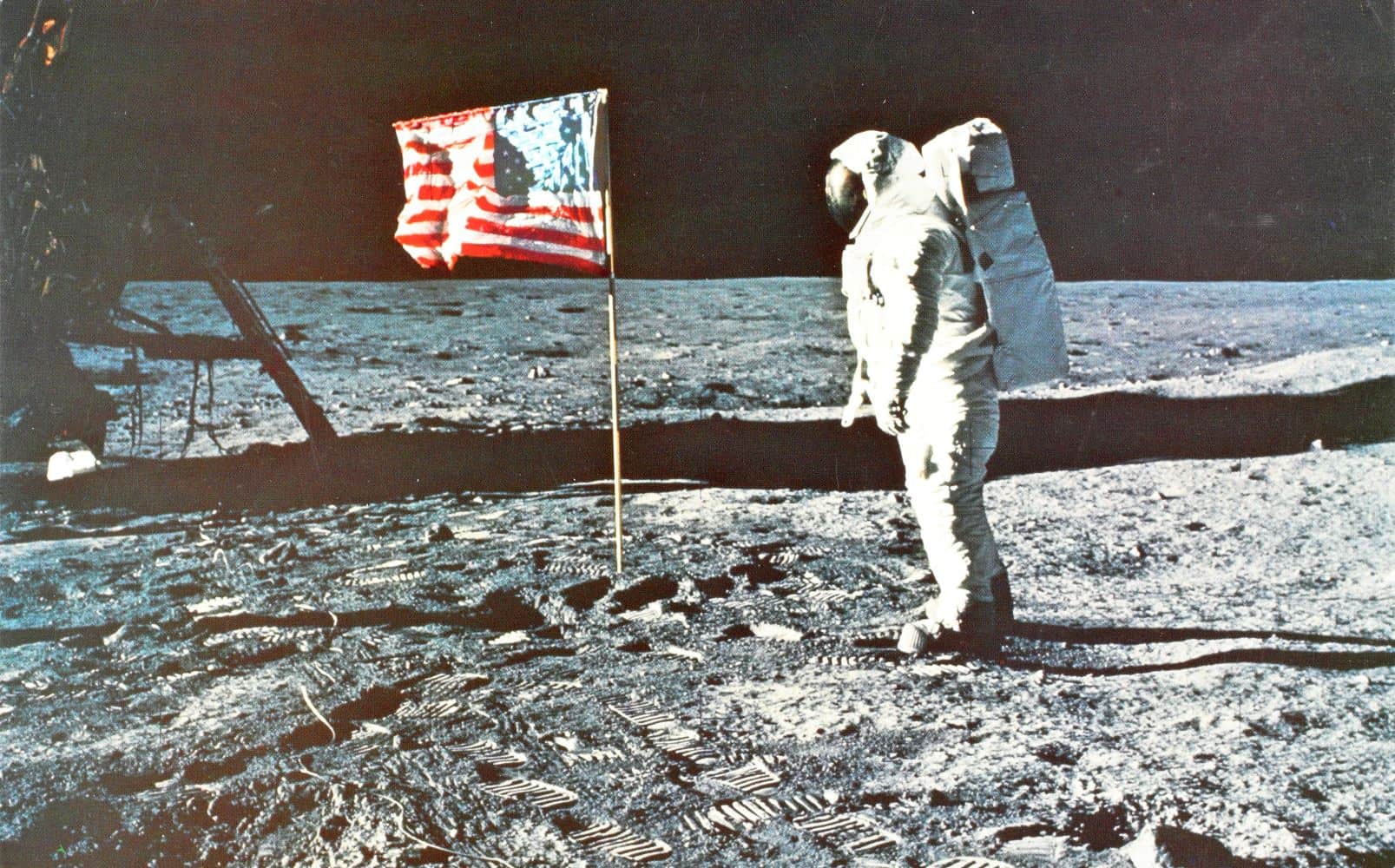
The Apollo 11 Flown American Flag was aboard the 1969 mission that landed the first humans on the moon. This flag is a symbol of American space achievement and the pioneering spirit of the Apollo program. Its rarity and value stem from its presence on the historic mission. As a flown artifact, it represents the patriotism and pioneering spirit of the Apollo program. The flag’s journey to the moon and back makes it a cherished piece of memorabilia, symbolizing the culmination of years of effort and innovation.
Lunar Rover Used on Apollo 17
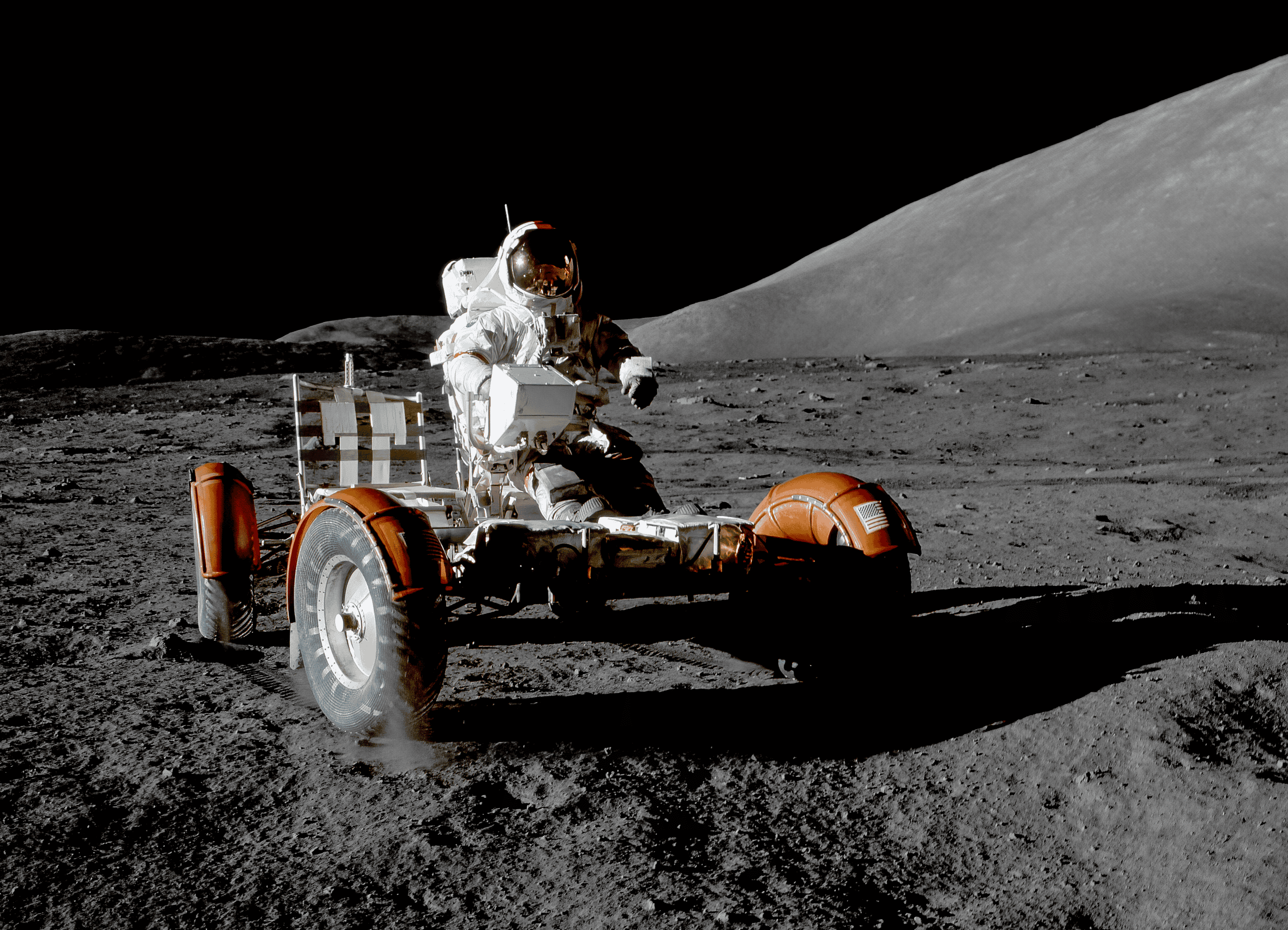
The Lunar Rover used on Apollo 17 is an iconic piece of space exploration history. It was used by astronauts Eugene Cernan and Harrison Schmitt in 1972. This rover explored the Taurus-Littrow valley on the moon’s surface. It was left on the moon after the mission. Its rarity stems from being the last lunar rover used on the Apollo missions. Built by Boeing, it was designed to navigate the moon’s rugged terrain. This rover represents the peak of human lunar exploration. It remains on the moon as a silent testament to human ingenuity.
Alan Shepard’s Golf Club
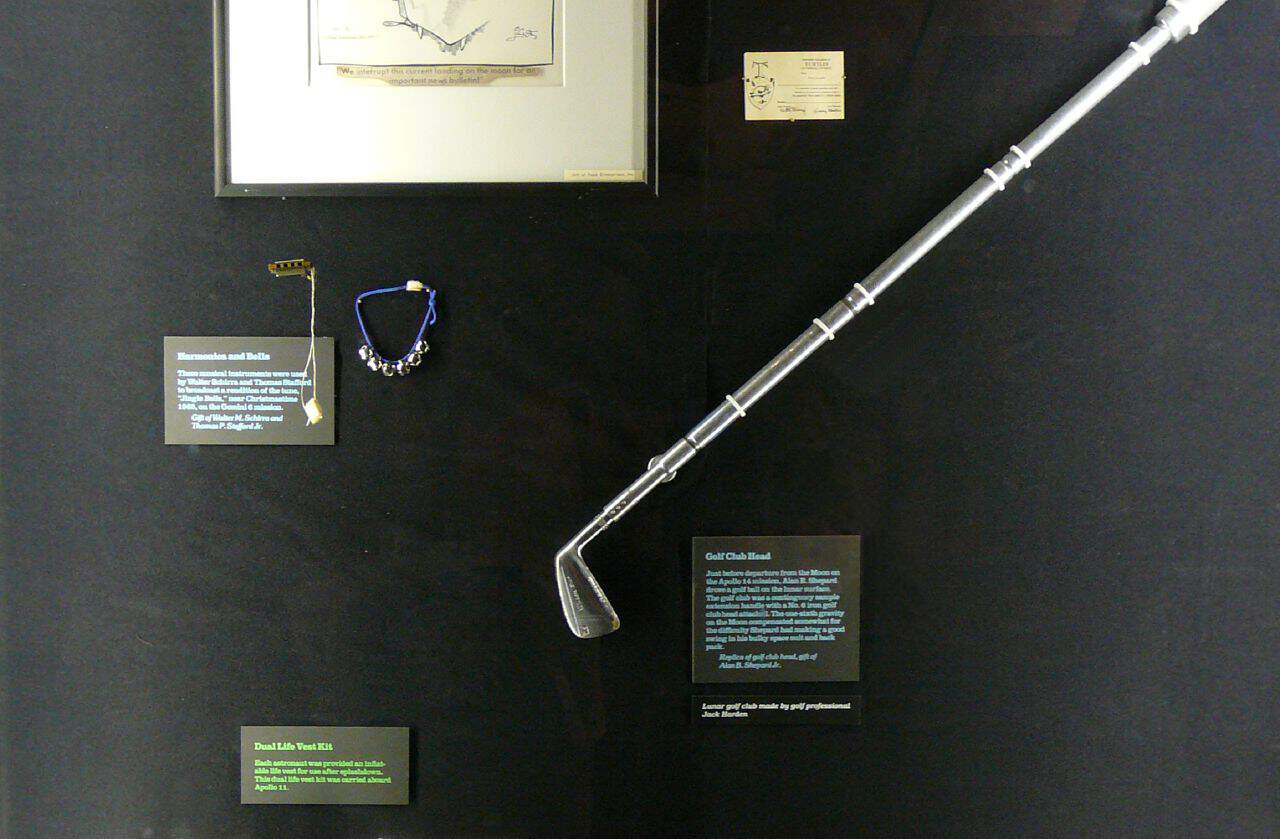
Alan Shepard’s golf club is a unique artifact from the Apollo 14 mission. Shepard famously hit two golf balls on the moon in 1971. The club was a modified six-iron. Its rarity is due to its association with a historic moment in space exploration. The club symbolizes the human spirit of adventure and creativity. Shepard’s impromptu golf shots captured the world’s imagination. This club is a cherished piece of space memorabilia.
John Glenn’s Friendship 7 Spacesuit
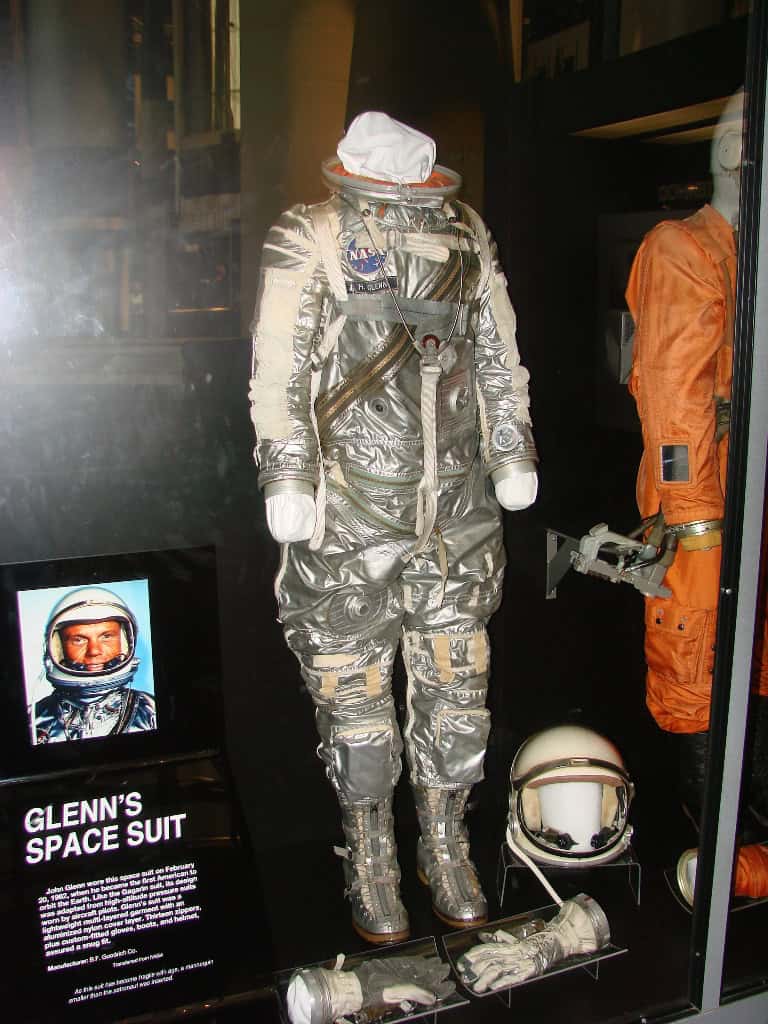
John Glenn’s Friendship 7 spacesuit is a treasured piece of American history. Worn during his 1962 orbit of Earth, it marked a milestone in space exploration. Glenn was the first American to orbit the planet. Its rarity is linked to Glenn’s pioneering mission and its preservation. Made by the B.F. Goodrich Company, the suit protected Glenn during his flight. It symbolizes the courage and determination of early astronauts. This spacesuit is a significant artifact of the Space Race.
Buzz Aldrin’s Apollo 11 Training Glove
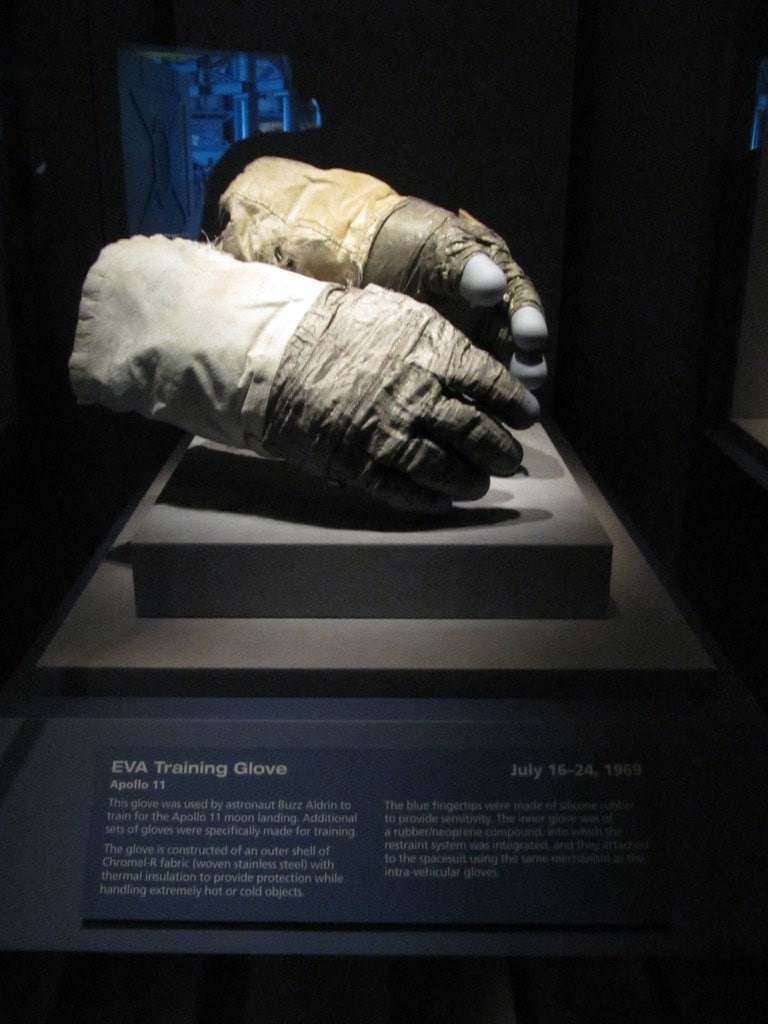
Buzz Aldrin’s Apollo 11 training glove is an essential piece of space history. Worn during training for the historic 1969 moon landing, it prepared Aldrin for lunar activities. The glove is specially designed for dexterity and protection. The glove was part of the training regimen that enabled success on the lunar surface. Aldrin’s training equipment holds immense historical value. This glove represents meticulous preparation for an unprecedented mission.
Lunar Module Ascent Stage
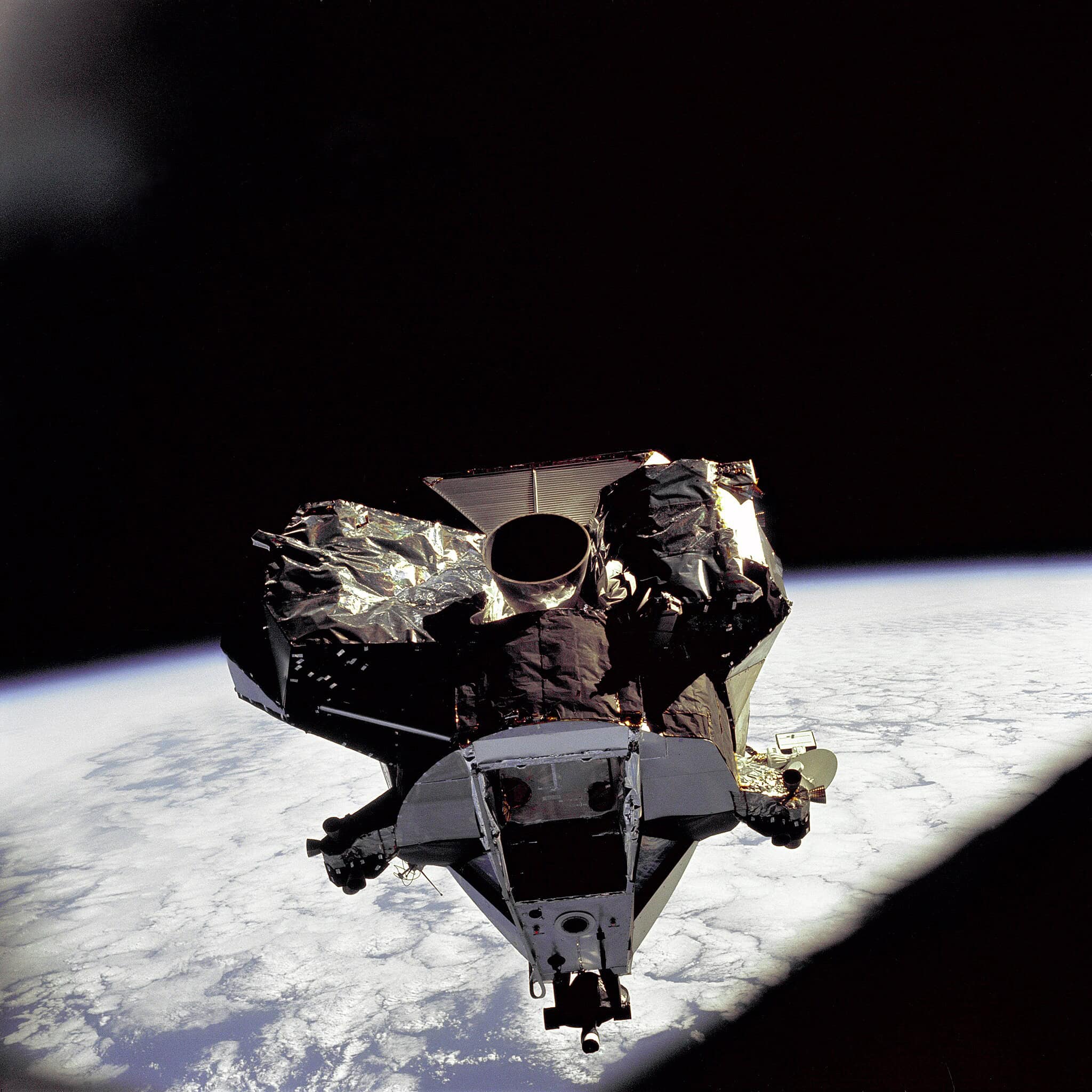
The Lunar Module Ascent Stage from Apollo missions is an exceptional piece of space history. This module was used to lift astronauts from the moon’s surface back to the Command Module orbiting the moon. Its design and functionality were crucial for the safe return of astronauts. Its rarity is due to the fact that each module was left in lunar orbit or crashed on the moon after use. Constructed by Grumman, these modules represented the pinnacle of engineering during the Apollo era. The Ascent Stage is a testament to human ingenuity and the daring spirit of exploration. Few pieces remain, making it a coveted collectible.
This article originally appeared on Rarest.org.
More from Rarest.org
The 7 Most Expensive Pianos Ever Sold
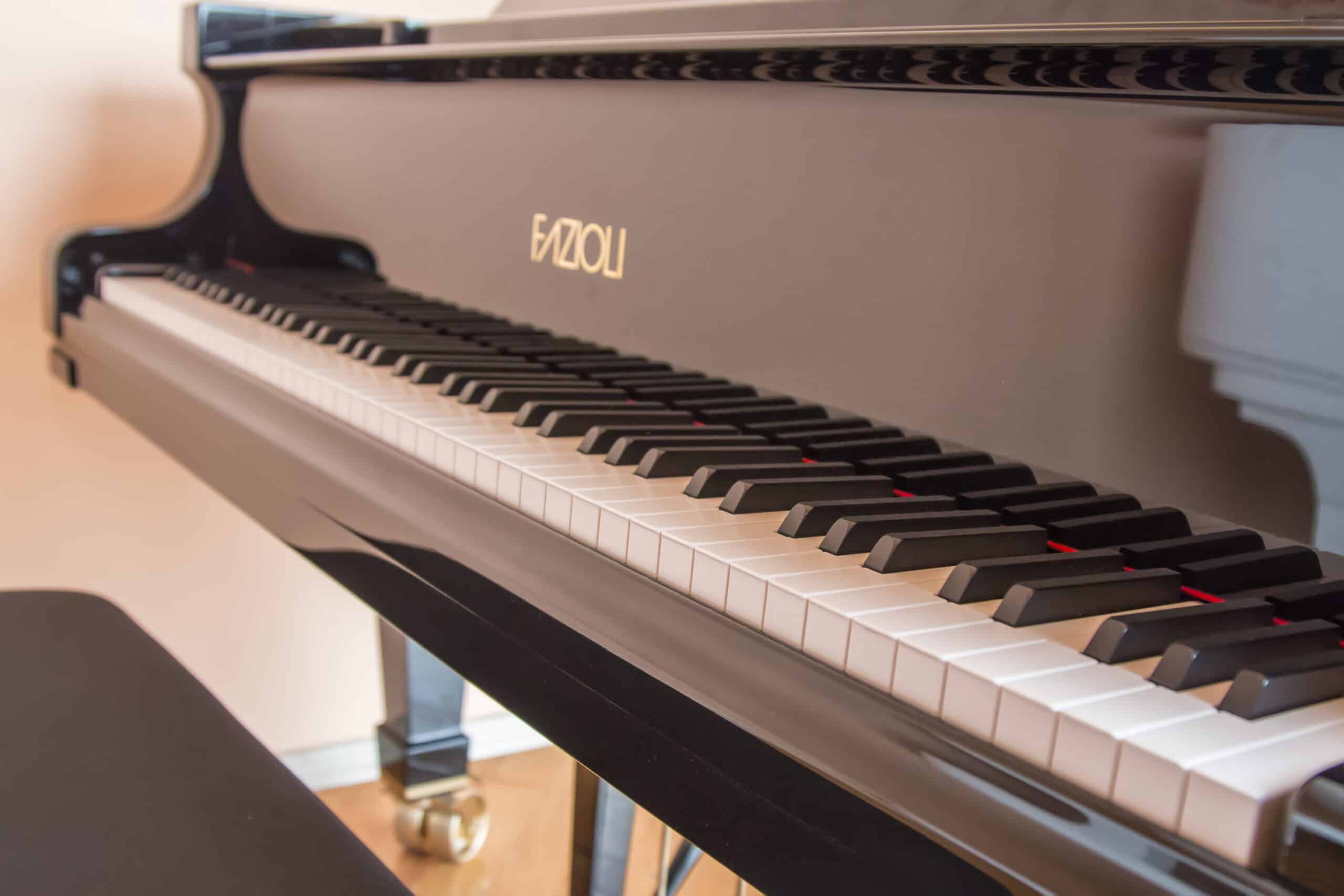
Pianos are not just musical instruments; they are also symbols of artistry, craftsmanship, and history. Over the years, some pianos have gained immense value, becoming coveted treasures for collectors and music enthusiasts alike. Read More.
13 Horse Coat Colors from Least to Most Rare

Horse coat colors vary widely. This guide explores these beautiful coat colors in detail, ranking them from least to most rare. Read More.
9 Most Elusive Big Cat Species

Big cats are majestic creatures. Some are incredibly elusive, rarely seen by humans. Read More.
